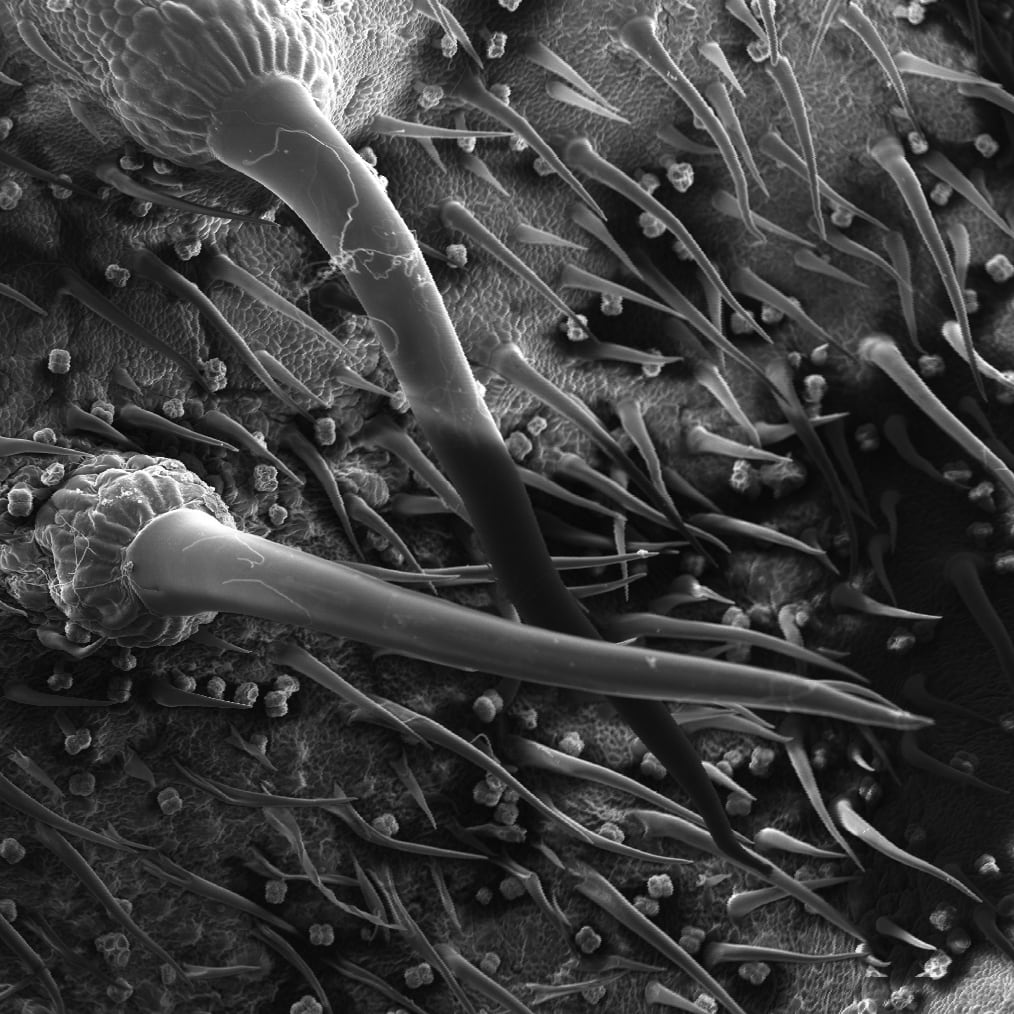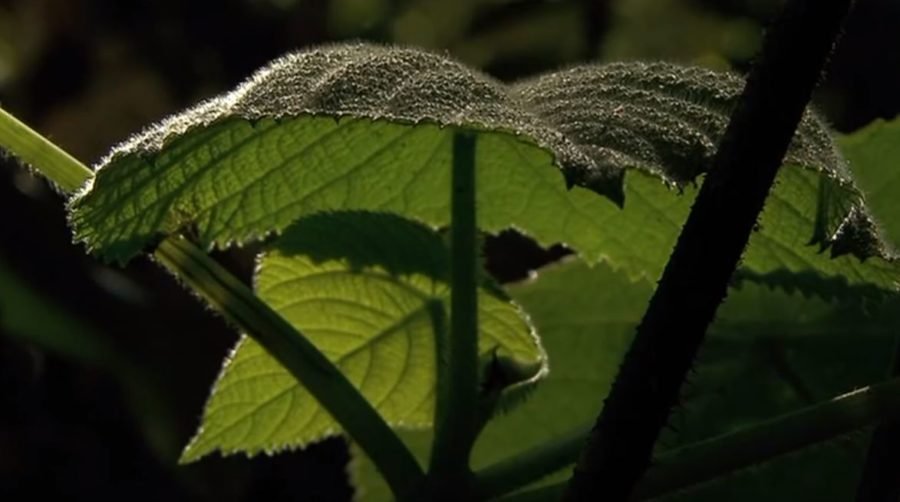The Gympie-Gympie stinging tree contains the same toxins as that of spiders and scorpions, scientists find

Sometimes referred to as the ‘suicide plant’ because of its excruciating sting, the Gympie-Gympie (Dendrocnide moroides), most common in Queensland, packs a real punch.
“Each of us have been stung several times,” says Edward Gilding, a scientist with the University of Queensland’s Institute for Molecular Bioscience and co-author on a new paper that reveals what’s behind the plant’s painful sting. “In all cases, it’s [such] a memorable event that you don’t forget to treat these plants with care and respect.
“At first it is as surprising as an electric shock or for those with tattoos, similar to being tattooed. Then the pain slowly subsides over hours to a throbbing, burning-type irritation.”
Indeed, most Australians know to steer clear of the green, downy, heart-shaped leaves of the Gympie-Gympie, and if you don’t, man-made warning signs dot their surroundings. Still, tourists often fall victim to their sting.

So what makes a Gympie-Gympie sting so painful?
Uniquely, the sting of the Gympie-Gympie not only comes with an immediate painful flare, but also causes symptoms that can last for days, sometimes weeks. Previously, it was believed that the pain emerged from simply getting the fine hairs stuck in your skin, but that didn’t explain the intense, long-lasting pain.
To better understand what’s behind these “remarkably persistent and painful stings” compared to other Gympie-Gympie relatives, scientists separated extracts from the leaves and hairs, which were then measured for their ability to cause pain in mice. One extract was able to elicit strong pain responses.
The mystery molecule was dubbed ‘gympietide’, a nod to the plant’s name. These gympietides are similar to the toxins of venomous spiders and cone snails, both in shape and the specific neurons they target. They also share the same set of chemical bonds that stabilise the toxins, which could explain the long-lasting pain.
“An alternative hypothesis is that the toxins cause changes to our body that are only very slowly reverted and persist for much longer after the toxin has been eliminated,” says another co-author of the paper, Thomas Durek.
This is an example of what scientists call ‘inter-kingdom convergent evolution’, which is basically when two completely different kinds of living organisms evolve similar traits. “It’s a curious phenomenon to observe but not without precedent,” Edward says. “Eyes, for example, are thought to have evolved independently dozens of times. This is evidenced by the vastly different layout of an insect’s compound eye and our own eye.
“Similar problems can lead to similar solutions. In the case of venomous animals, an envenomation is meant to incapacitate prey or predator. In a plant that maybe does not wish to be chewed upon, it may have devised a similar solution to avoid being harmed.”
A new painkiller?
Co-author of the paper Irina Vetter says better understanding the sting of the Gympie-Gympie would help pain treatment, but may also contribute to the creation of new painkillers for humans. But they first have to better understand what exactly is behind that long-lasting sting.
“We think this might give some answers to how pain becomes chronic, and could provide insights into new treatments for chronic pain,” she says.


